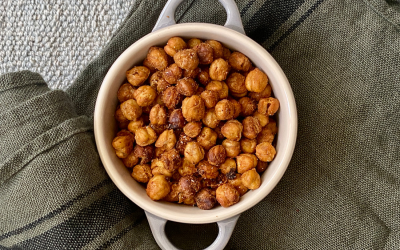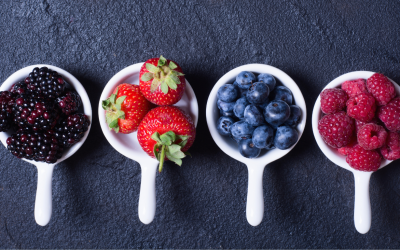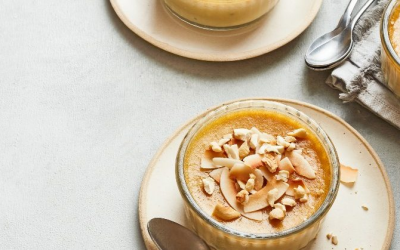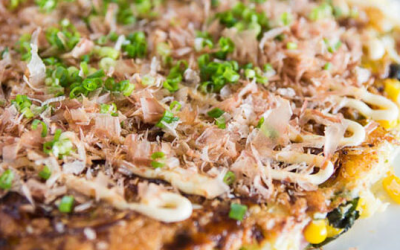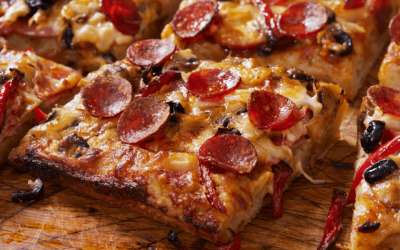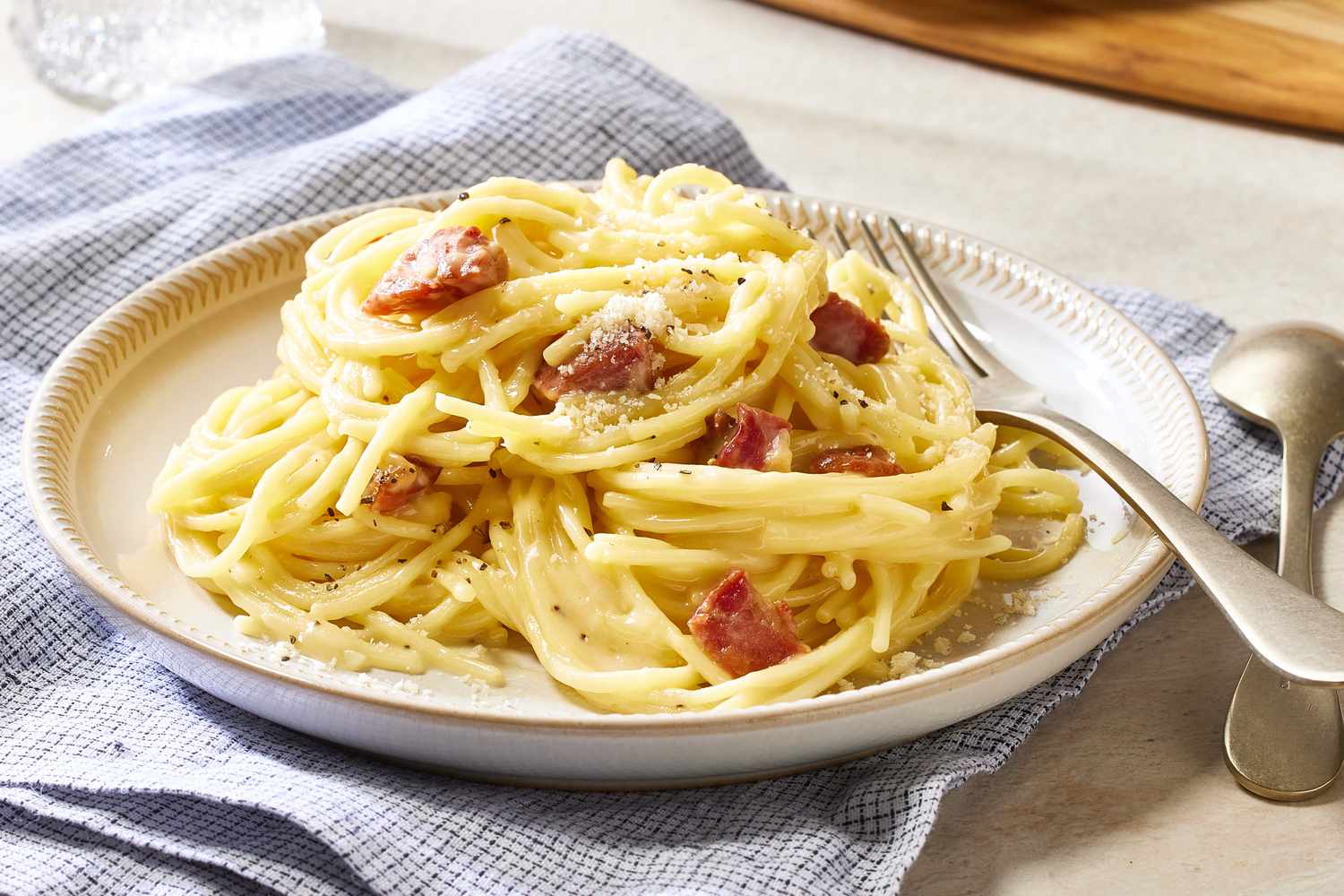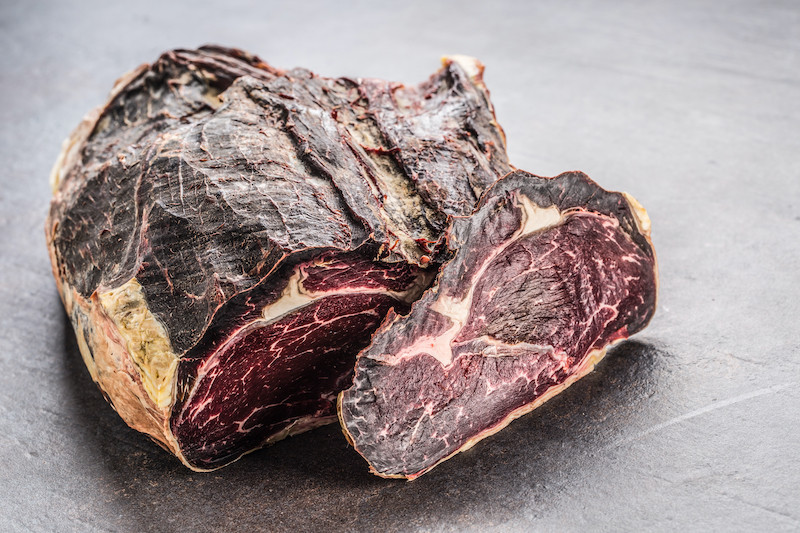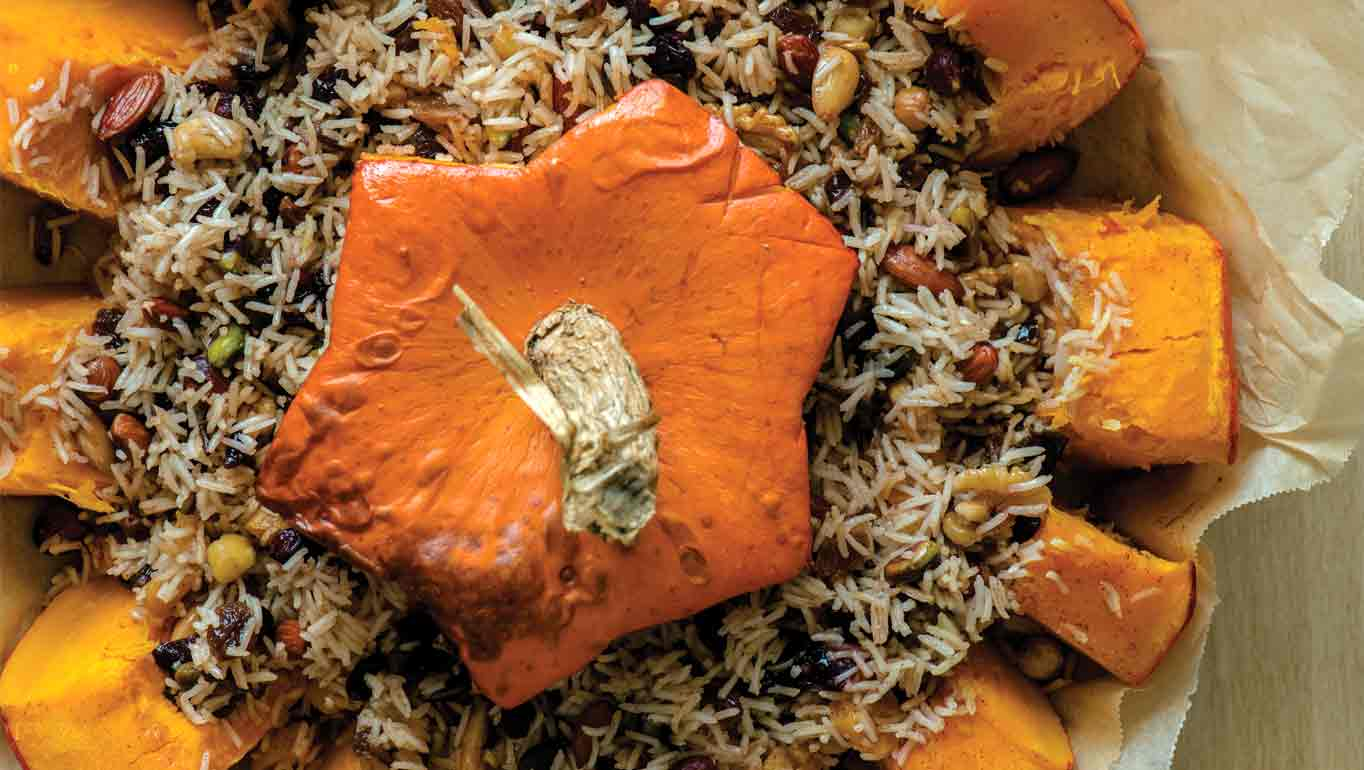Spaghetti Carbonara is more than just a popular pasta dish—it is a symbol of Roman culinary heritage. With origins tracing back to mid-20th century Italy, this creamy yet cheese-rich delicacy uses only a few high-quality ingredients: eggs, Pecorino Romano cheese, guanciale (cured pork cheek), and freshly ground black pepper. Unlike many Westernized versions, authentic carbonara does not use cream. The richness comes from emulsifying egg yolks and cheese with hot pasta water, creating a glossy, flavorful sauce that clings perfectly to the spaghetti.
The dish’s nutritional integrity and simplicity have earned it a place in both traditional and modern kitchens. Proper technique is essential for achieving the signature silkiness without scrambling the eggs. Experts recommend tempering the egg-cheese mixture with a ladle of hot pasta water before combining it with the spaghetti off the heat. Guanciale’s intense flavor and crispy texture contrast beautifully with the velvety sauce, making it a cornerstone ingredient—though pancetta is often used as a substitute outside of Italy.
For chefs, food bloggers, and culinary educators, mastering carbonara offers a chance to showcase expertise in Italian cuisine and technical cooking skill. Featuring it on a menu or in content reinforces a commitment to tradition, authenticity, and flavor balance


